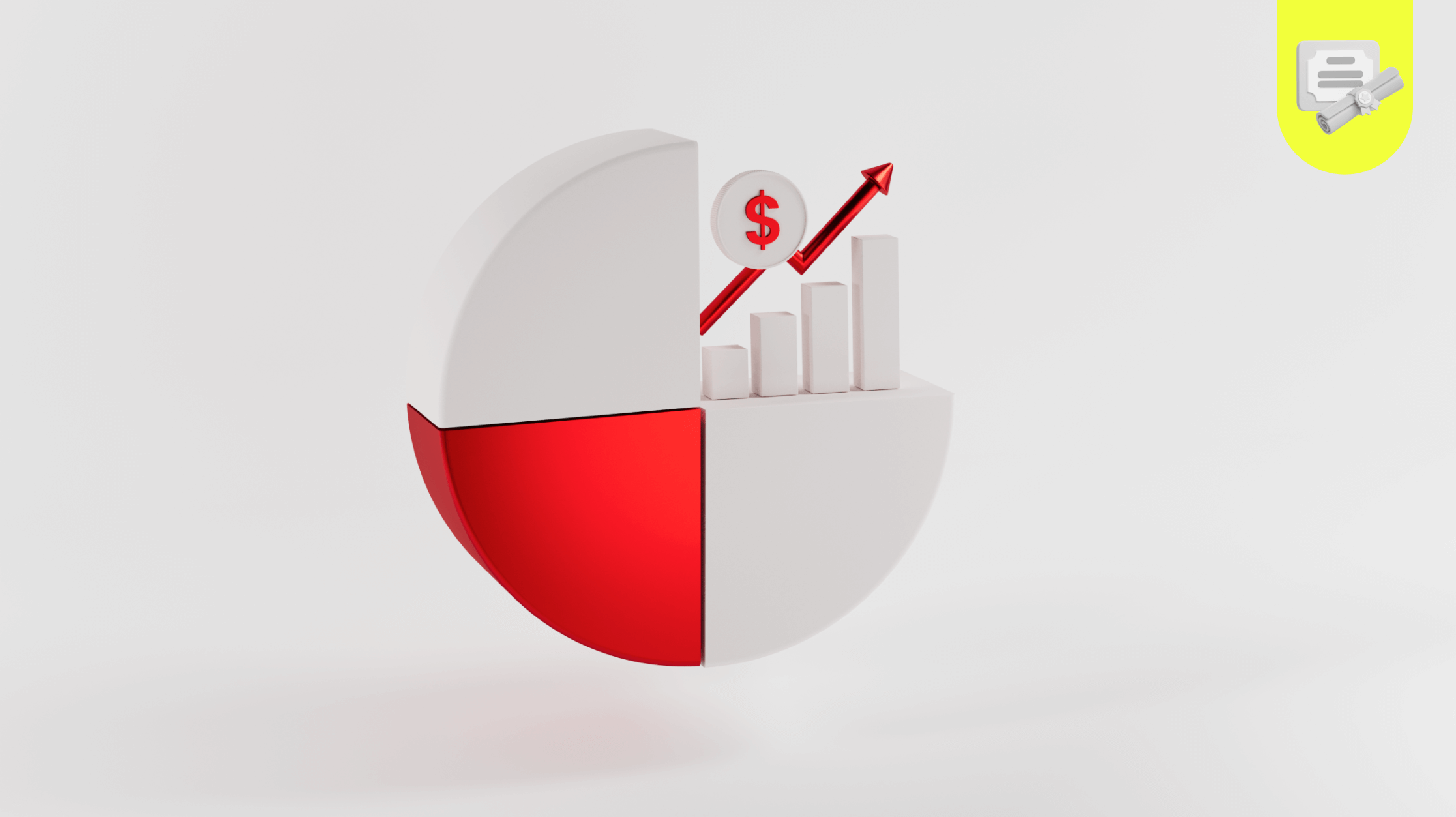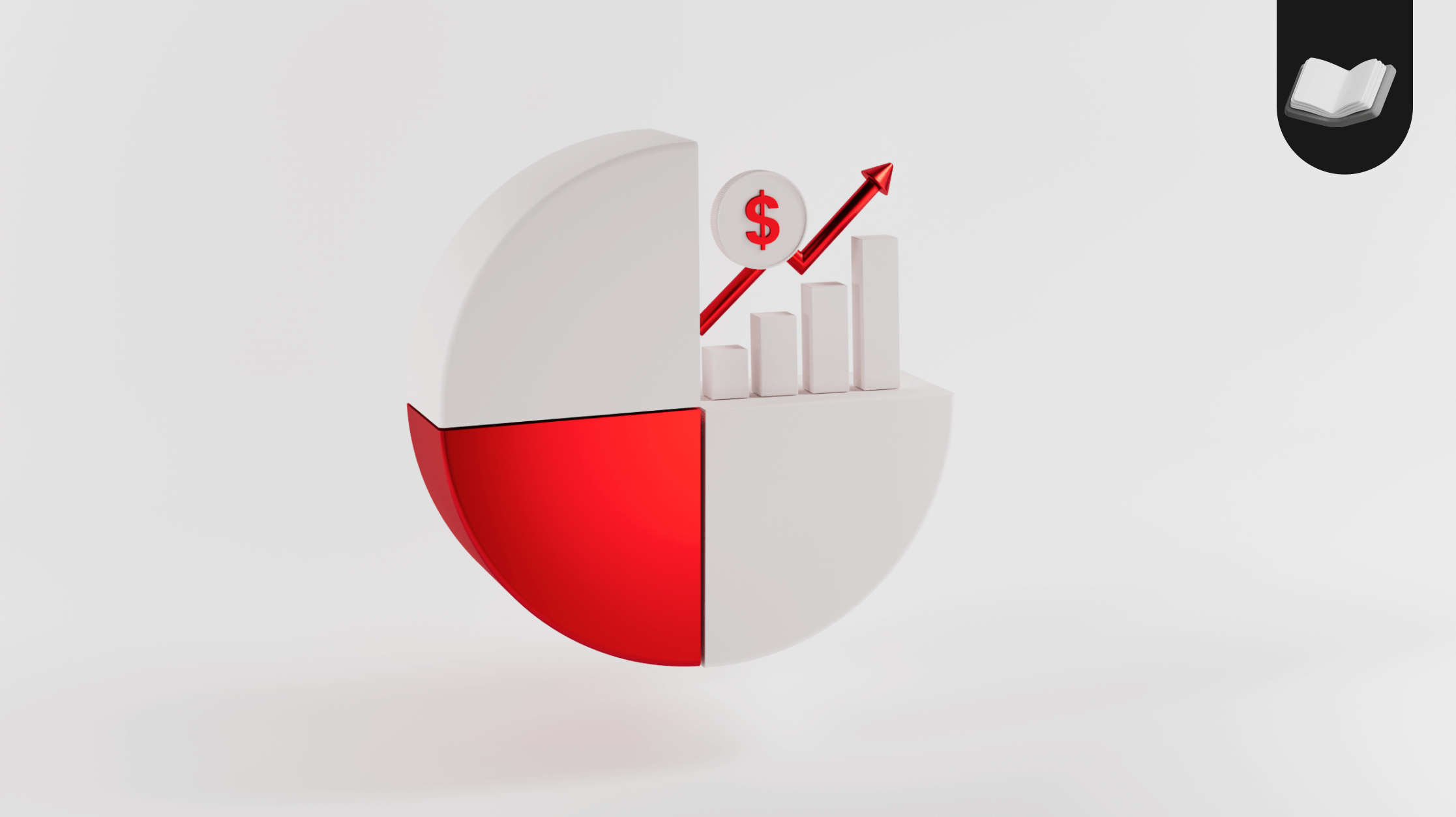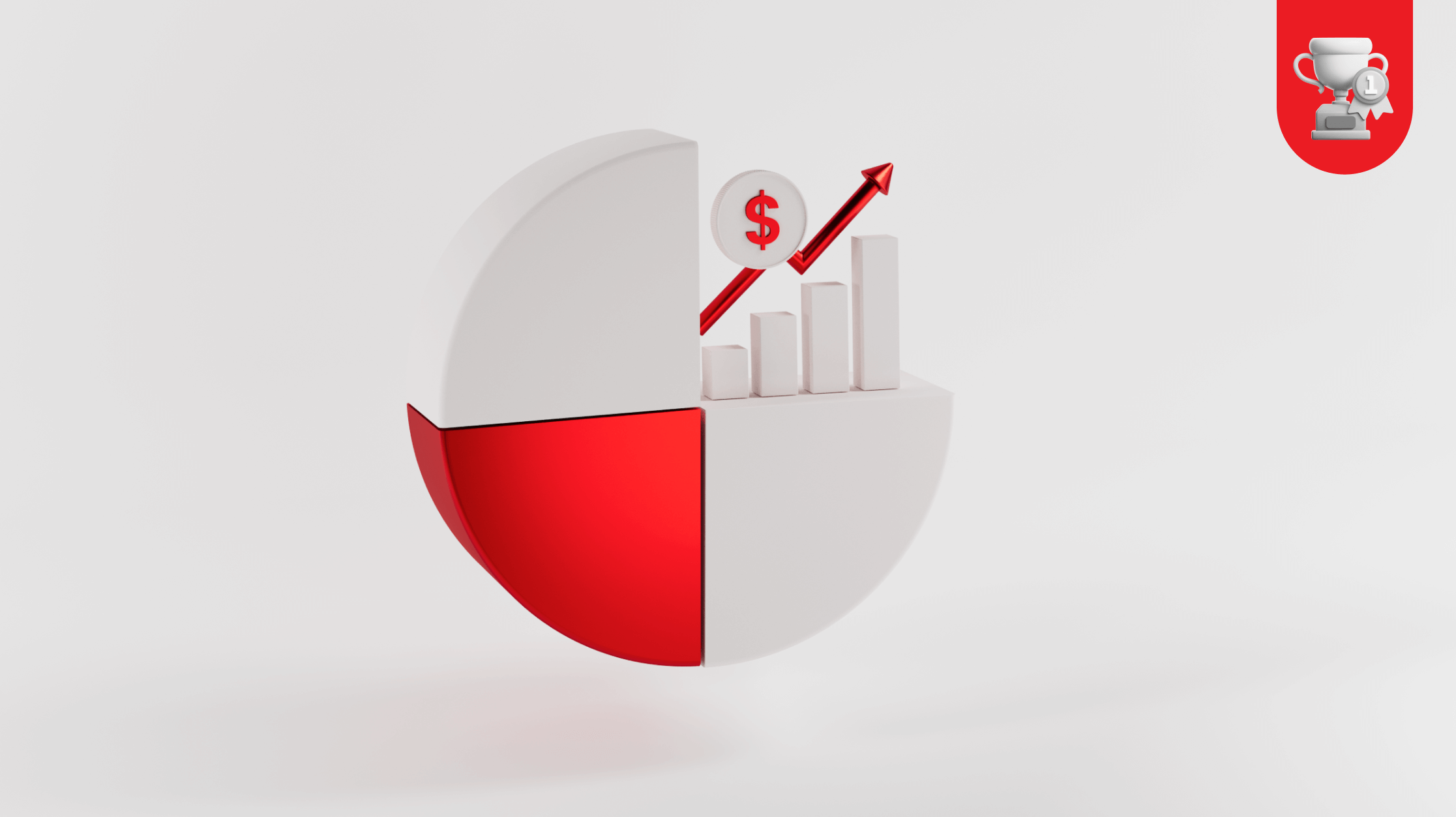Reading the Stock Market: From Fundamentals to Strategy

If you’ve already moved past the basics of stock trading, you know it takes more than just knowing what a stock is or how to click “buy.” The next step is learning how to read the story behind price moves, and that requires connecting data, charts, sentiment, and strategy.
This guide is built to help you read the market like a strategist, not just a participant. You’ll learn how to interpret macroeconomic drivers, use technical tools with precision, and blend analysis methods to create higher-probability trade setups.
Table of Contents
Using the Economic Calendar Like a Pro
Linking Fundamentals to Stock Price Action
Technical Analysis for Stock Traders
Combining Fundamentals with Technical
Understanding Sector Rotation
Tools Every Stock Trader Needs
Possible Strategy: News-Fade Pullback
Stock Trading Psychology
Key Takeaways
Using the Economic Calendar Like a Pro
Most beginners use the economic calendar just to avoid trading during news. As an intermediate trader, you’ll want to flip that approach, planning around high-impact events can offer great potential trading opportunities.
In this section, you’ll learn how to interpret event importance, anticipate volatility, and prepare setups in advance.
How to Use It:
Focus on major releases: Look out for interest rate decisions, CPI reports, and job data. These can shift market sentiment instantly.
Understand expectations: Markets often react more to the difference between actual data and forecasts than to the number itself.
Watch the follow-through: A big move right after the news doesn’t always stick. Wait for confirmation.
Example: If inflation data comes in lower than expected, growth stocks may rally as traders anticipate a less aggressive Fed. But if the rally fades quickly, the market may still be skeptical.
With the calendar locked in, let’s look at how fundamental shifts actually impact individual stocks and sectors.
Linking Fundamentals to Stock Price Action
It’s one thing to know that inflation data came in hot, it’s another to understand how that might affect sectors like tech or consumer discretionary. Here, we’ll help you go beyond headlines and translate economic data into directional bias for your trades.
You'll learn how to evaluate earnings results, macro signals, and Fed expectations, by linking them to real market momentum.
Scenario | Possible Impact on Stocks |
Strong GDP growth | Bullish for cyclical sectors like industrials and consumer discretionary |
Weak jobs data | Bearish for small caps and banking stocks |
Fed pauses rate hikes | Bullish for tech and growth stocks |
Supply chain disruption | Bearish for retail and manufacturers |
When you understand how macro events link to price, you can avoid chasing noise and focus on the narrative that actually drives movement.
Once you have a fundamental thesis, it’s time to pair it with smart technical entries.
Technical Analysis for Stock Traders
Once you know your narrative, timing becomes everything. That’s where technical analysis comes in.
We’ll go over the tools intermediate traders rely on: trendlines, support and resistance zones, moving averages, and key candlestick formations. And show you how to spot structure-based setups with more confidence and less noise.
Support and Resistance: These are historical levels where price tends to bounce or reverse. Use 4-hour and daily charts to find them.
Trendlines and Channels: Drawn through swing highs and lows, they help capture direction and momentum shifts.
Moving Averages: The 50-day and 200-day are widely watched. They serve as dynamic support or resistance in trending markets.
Candlestick Patterns: Pin bars, engulfing patterns, and inside bars can reveal hesitation, reversal, or continuation.
Volume: Pay attention to whether breakouts are backed by increasing volume. If not, they may not hold.
Once your chart confirms your thesis, you’re almost ready to act. But there’s one more layer that brings it all together.
Combining Fundamentals with Technical
This is where real traders separate from the crowd.
When your fundamental view aligns with a clean chart setup, your confidence in the trade increases.
In this section, we show you how to align a bullish macro narrative (like an improving earnings cycle or easing inflation) with breakout formations or trend continuation setups on the chart.
Scenario 1: Earnings Beat + Breakout
A major tech company posts strong quarterly earnings. The stock gaps up and breaks above a two-month resistance level on strong volume. The macro story supports it, and the chart confirms. That’s a possible entry.
Scenario 2: Bad Retail Data + Breakdown
Consumer spending data disappoints. A leading retail stock fails to hold support and prints a bearish engulfing candle. Fundamentals and technical now agree: the tide is turning.
Now that you’ve got strategy building blocks, let’s look at another powerful tool; sector rotation.
Understanding Sector Rotation in the Stock Market
Markets don’t just move, they rotate.
As economic cycles shift, capital flows between different sectors. Recognizing where the money is going helps you stay ahead of the trend.
Typical Rotation Patterns:
Early cycle: Financials, consumer discretionary
Mid cycle: Industrials, tech
Late cycle: Energy, materials, utilities
Recession: Healthcare, consumer staples
Tracking sector ETFs (like XLF, XLK, XLE) can help you gauge the flow and anticipate where the next opportunity might emerge.
Now, let’s explore the tools that help you execute your trades more efficiently.
Tools Every Stock Trader Needs
Your edge doesn’t just come from what you know, it comes from how prepared you are. These tools help streamline your workflow and sharpen your edge.
Economic Calendar: To prepare for high-impact news events.
News Feed: Stay updated with real-time headlines that affect the companies and sectors you’re watching.
Charting Platform: Use platforms like TradingView or MT5 for clean charting and indicators.
Scanner: Identify stocks breaking out, gapping up, or hitting volume spikes.
Journal: Record entries, exits, setups, and your thought process. Review often.
Now, let’s apply all of this into a clear, actionable trade setup.
Stock Trading Strategy: News-Fade Pullback
Markets often overreact to headlines. This strategy shows you how to fade those emotional moves once the dust settles.
You’ll learn how to identify stretched price action after news, wait for confirmation, and trade the reversal with a calculated entry.
The Setup:
A stock spikes on news: earnings beat, macro surprise, or guidance upgrade.
Possible Approach:
Wait for a pullback to a previous breakout or support zone.
Look for confirmation (rejection wick, bullish candle).
Place a stop just outside the structure and aim for a 2:1 risk-to-reward.
Example: Apple rallies on earnings. Price gaps, then pulls back to the 50-day moving average. A bullish engulfing candle forms. That may signal a continuation, not a fade.
Of course, no setup is complete without a solid mindset.
Stock Trading Psychology
Even when the setup is perfect, your emotions can get in the way. We’ll walk through common traps like confirmation bias, fear of missing out (FOMO), and the temptation to “double down” after a losing streak.
This section focuses on the habits and mindset that help traders stay consistent and clear.
Keys to Mental Strength:
Don’t chase. If you miss a move, wait for the next one.
Stay process-driven. Focus on setups, not outcomes.
Accept loss as part of the game. It’s feedback, not failure.
Log emotions in your trading journal. Your reactions are data.
Mindset is what keeps your strategy alive when the market gets noisy.
Key Takeaways
Stock trading at this level is about context and execution.
You’re not just buying a ticker, you’re trading a story, a structure, and a setup that align.
Understand the macro picture. Validate it with the chart. Time for your entry. Then stay patient and risk-aware.
Ready for the next level? Our advanced guide will teach you how to master timing, risk, and real-world strategy.
Disclaimer
This information contained in this blog is intended for general reference only and should not be construed as investment advice, a recommendation, an offer, or an invitation to buy or sell any financial instruments. It does not consider any specific recipient’s investment objectives or financial situation or particular needs and should not be regarded as personalized advice. Past performance references are not reliable indicators of future performance. D Prime and its affiliates make no representations or warranties about the accuracy or completeness of the information provided and accept no liability for any losses or damages resulting from its use or from any investments made based on it.
Do not rely on the above content to replace your independent judgment. You should consider the appropriateness of this information concerning your personal circumstances before making any investment decisions. The market is risky, and investments should be made with caution.
@2025 D Prime All Rights Reserved

